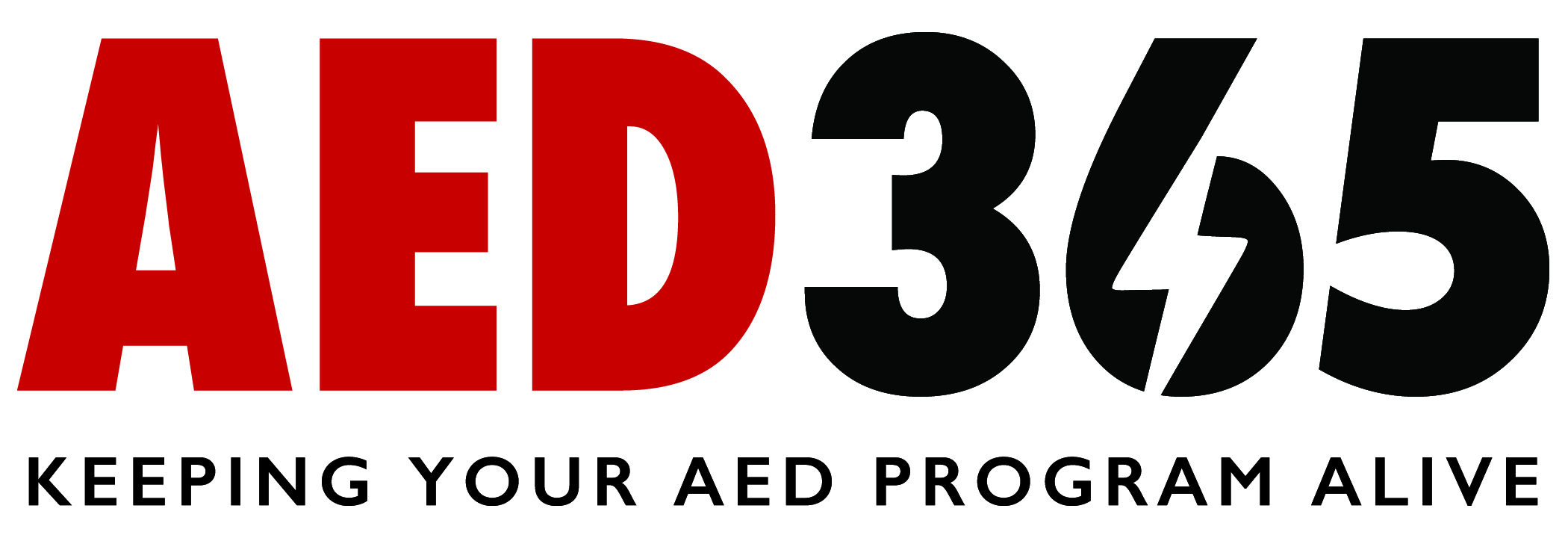Author: Marcy Burnham
In the realm of emergency preparedness, few tools are as vital as Automated External Defibrillators (AEDs). These devices can be literal lifesavers in critical moments of cardiac arrest, but like any tool, they require maintenance and inspection to ensure they’re ready when needed. Yet, with busy schedules and numerous responsibilities, it’s easy for these crucial checks to slip through the cracks. That’s where program management comes into play. Let’s explore how you can implement a systematic approach to AED inspection reminders, ensuring readiness and safety when it matters most.
AEDs are medical devices designed to deliver a life-saving shock to individuals experiencing sudden cardiac arrest. However, their effectiveness hinges on proper functioning and maintenance. Regular inspections help identify issues such as expired batteries, electrode pads, or malfunctioning components, ensuring the AED is rescue-ready at all times.
Traditionally, AED inspection reminders relied on manual methods, such as calendars, spreadsheets, or simple checklists. While these approaches are better than no reminders at all, they come with limitations. Human error, overlooked entries, and lack of accountability can compromise the effectiveness of manual systems. Additionally, as organizations scale or manage multiple AEDs across various locations, manually tracking inspections becomes increasingly cumbersome and prone to oversight.
To address these challenges and streamline AED inspection reminders, program management is a wonderful alternative to pen and paper inspections and calendar reminders.
1. Utilize AED Management Software:
Invest in AED management software designed to automate inspection reminders and maintenance schedules. These platforms allow you to input AED details, including location, serial numbers, and expiration dates. They then generate automated reminders for inspection, battery replacement, pad expiration, and other maintenance tasks.
2. Establish a Centralized Database:
Maintain a centralized database containing comprehensive information about each AED under your purview. This database should include installation dates, last inspection dates, maintenance history, and any relevant notes. A well-organized database facilitates tracking and ensures nothing slips through the cracks.
3. Assign Responsibility:
Clearly define roles and responsibilities regarding AED maintenance within your organization. Designate individuals or teams tasked with overseeing inspections, responding to reminders, and performing necessary maintenance. Accountability fosters a culture of diligence and ensures that inspections are prioritized.
4. Regular Training and Education:
Provide regular training sessions to personnel responsible for AED maintenance. Ensure they understand the importance of timely inspections, how to perform them correctly, and what to do in case of identified issues. Education enhances competency and empowers staff to fulfill their roles effectively.
In emergencies, every second counts, and the reliability of AEDs can be a matter of life and death. By implementing a systemic approach to AED inspection reminders, organizations can enhance readiness, decrease risks, and ultimately save lives. Utilizing technology, establishing clear protocols, and fostering a culture of accountability are key steps in ensuring that AEDs remain reliable assets in times of crisis. Remember, proactive maintenance today can make all the difference tomorrow!
Office: (205) 417-4711
Email: [email protected]





